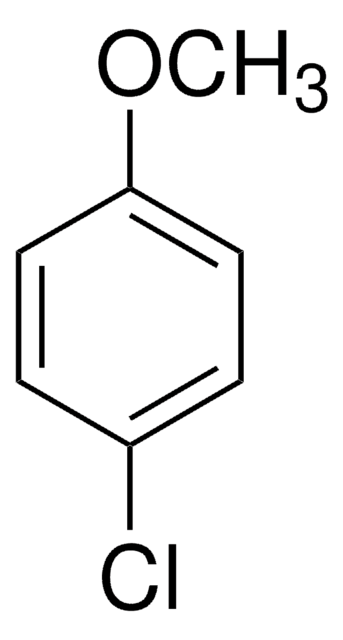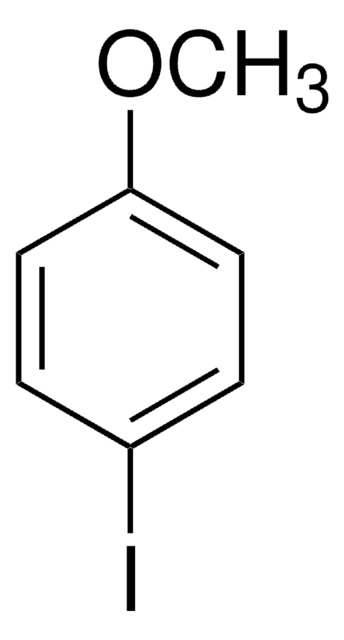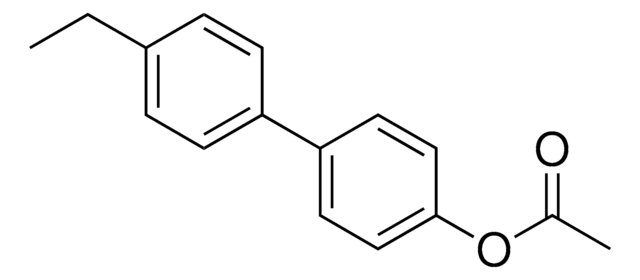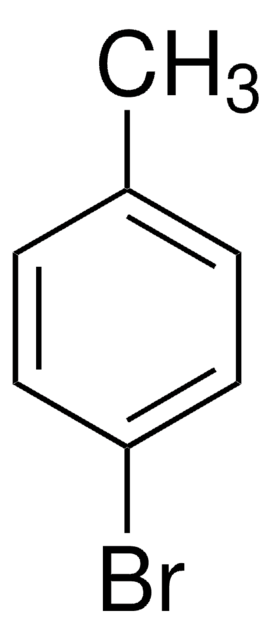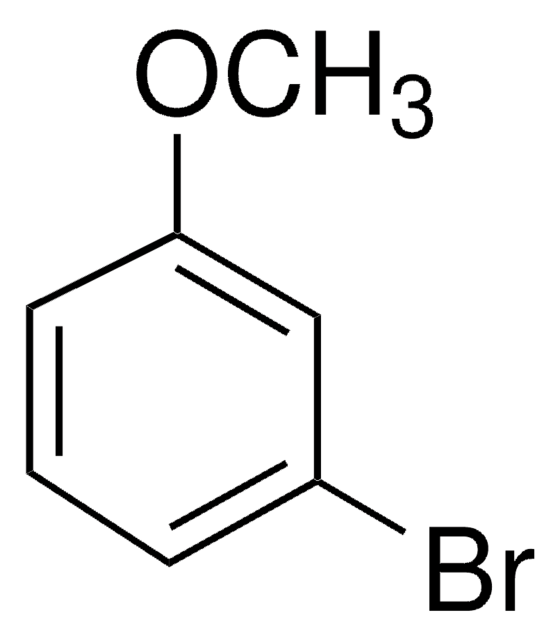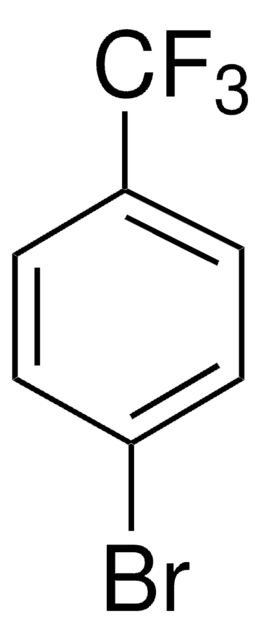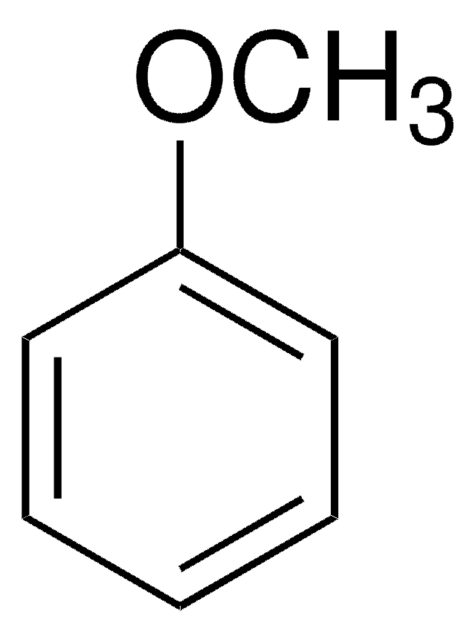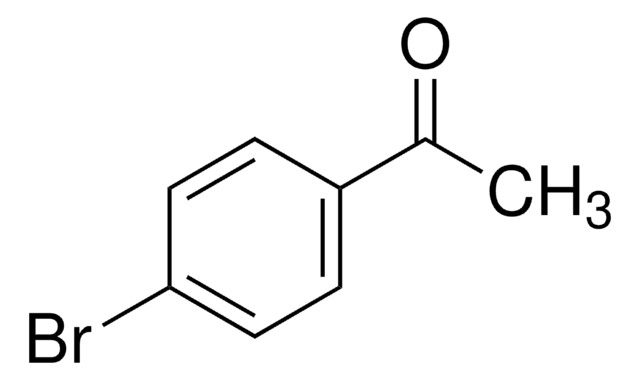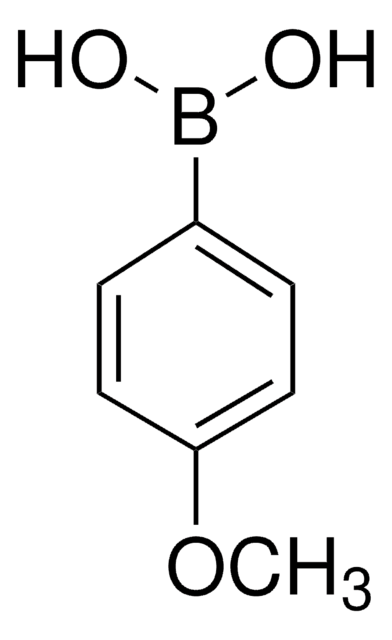B56501
4-Bromoanisole
≥99.0%
Synonym(s):
1-Bromo-4-methoxybenzene
About This Item
Recommended Products
Quality Level
Assay
≥99.0%
form
liquid
refractive index
n20/D 1.564 (lit.)
bp
223 °C (lit.)
mp
9-10 °C (lit.)
density
1.494 g/mL at 25 °C (lit.)
SMILES string
COc1ccc(Br)cc1
InChI
1S/C7H7BrO/c1-9-7-4-2-6(8)3-5-7/h2-5H,1H3
InChI key
QJPJQTDYNZXKQF-UHFFFAOYSA-N
Looking for similar products? Visit Product Comparison Guide
Related Categories
General description
Application
Signal Word
Warning
Hazard Statements
Precautionary Statements
Hazard Classifications
Acute Tox. 4 Oral - Skin Irrit. 2
Storage Class Code
10 - Combustible liquids
WGK
WGK 2
Flash Point(F)
201.2 °F
Flash Point(C)
94 °C
Personal Protective Equipment
Choose from one of the most recent versions:
Already Own This Product?
Find documentation for the products that you have recently purchased in the Document Library.
Customers Also Viewed
Articles
The Heck reaction is the palladium catalyzed cross-coupling reaction between alkenes and aryl or vinyl halides (or triflates) to afford substituted alkenes.
Our team of scientists has experience in all areas of research including Life Science, Material Science, Chemical Synthesis, Chromatography, Analytical and many others.
Contact Technical Service